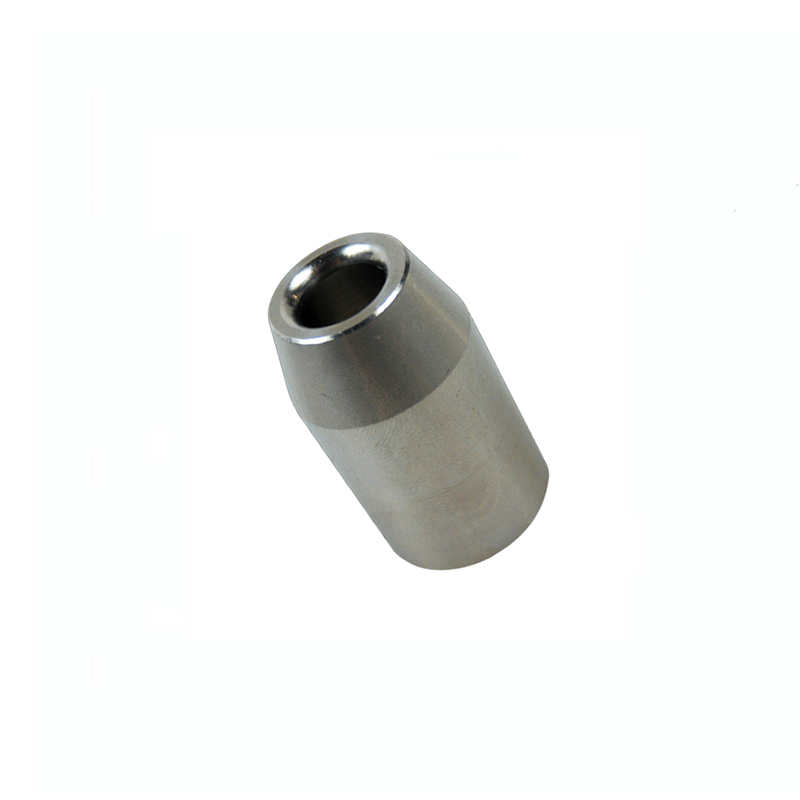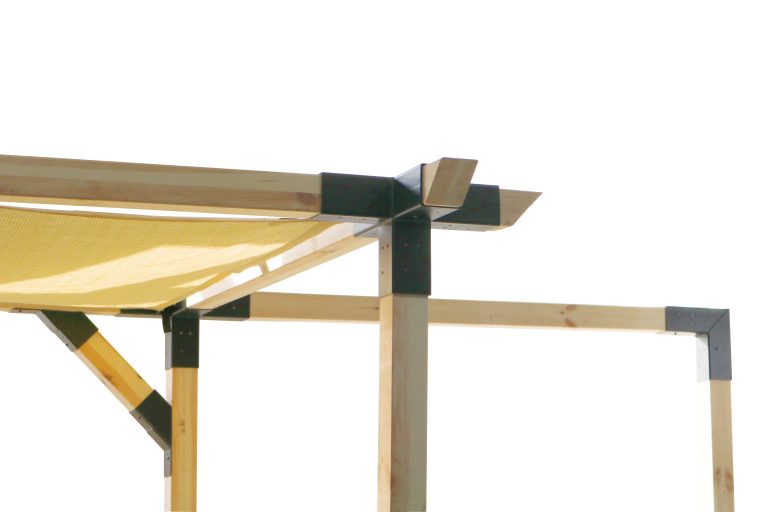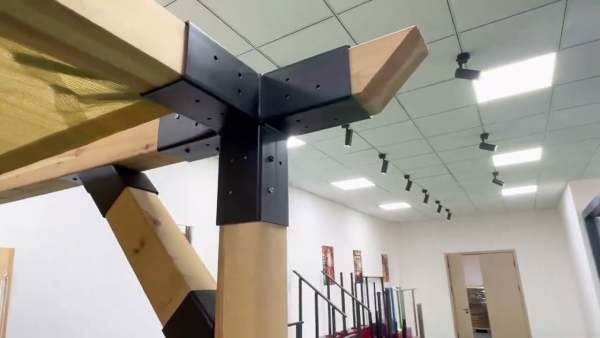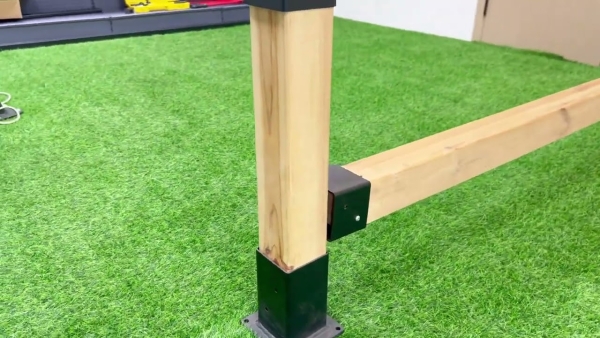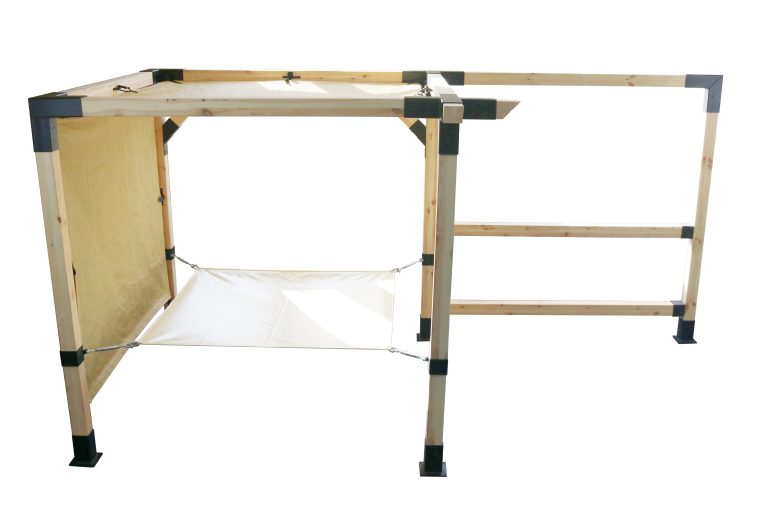สิ่งสำคัญคือต้องคำนึงถึงความต้านทานแรงดึงของสลักเกลียวสแตนเลสเมื่อออกแบบหรือเลือกตัวยึดสำหรับการใช้งานเฉพาะ การใช้โบลต์ที่มีความต้านทานแรงดึงไม่เพียงพออาจส่งผลให้โบลต์เสียหาย ซึ่งอาจนำไปสู่ผลลัพธ์ที่ร้ายแรง เช่น อุปกรณ์เสียหาย การบาดเจ็บ หรือแม้แต่การเสียชีวิต ในทางกลับกัน การใช้สลักเกลียวที่มีความต้านทานแรงดึงมากเกินไปอาจไม่จำเป็นและอาจส่งผลให้ต้นทุนเพิ่มขึ้น
เมื่อเลือกสลักเกลียวสแตนเลสสำหรับการใช้งานเฉพาะ สิ่งสำคัญคือต้องพิจารณาข้อกำหนดในการใช้งานอย่างรอบคอบ และเลือกสลักเกลียวที่มีความเหมาะสม แรงดึง การปรึกษากับวิศวกรที่มีความรู้หรือซัพพลายเออร์อุปกรณ์ยึดสามารถช่วยให้แน่ใจว่าได้เลือกสลักเกลียวที่เหมาะสมสำหรับงาน
โดยสรุป การทำความเข้าใจความต้านทานแรงดึงของสลักเกลียวสแตนเลสถือเป็นสิ่งสำคัญในการรับรองประสิทธิภาพที่เหมาะสมในการใช้งานที่แตกต่างกัน เมื่อพิจารณาปัจจัยต่างๆ เช่น เกรด เส้นผ่านศูนย์กลาง และความยาว วิศวกรและนักออกแบบสามารถเลือกสลักเกลียวที่มีความต้านทานแรงดึงที่เหมาะสมเพื่อให้ตรงตามความต้องการของการใช้งาน การเลือกสลักเกลียวที่เหมาะสมสามารถช่วยป้องกันความล้มเหลวของสลักเกลียว และรับประกันความปลอดภัยและความน่าเชื่อถือของอุปกรณ์หรือโครงสร้างที่ยึด
Stainless steel bolts are commonly used in a variety of applications due to their durability and resistance to corrosion. However, not all stainless steel bolts are created equal, and it is important to understand the tensile strength of these bolts in order to ensure their proper performance in different environments.
Tensile strength is a critical property of stainless steel bolts that measures the maximum amount of tensile stress a material can withstand before breaking. It is an important factor to consider when selecting bolts for a specific application, as it determines the maximum load that the bolt can support without failing.
Stainless steel bolts are available in various grades, each with its own unique tensile strength. The most common grades of stainless steel bolts include 18-8, 304, and 316. The 18-8 grade, also known as type 304, is the most commonly used stainless steel bolt grade and has a tensile strength of 75,000 psi. Type 304 bolts are suitable for most general-purpose applications, but may not be suitable for high-stress applications or environments with high levels of corrosion.
Type 316 stainless steel bolts, on the other hand, have a higher tensile strength of 85,000 psi and are more resistant to corrosion than type 304 bolts. Type 316 bolts are often used in marine environments or applications where exposure to saltwater or harsh chemicals is a concern. The higher tensile strength of type 316 bolts makes them ideal for applications where greater strength and corrosion resistance are required.
In addition to grade, the diameter and length of a stainless steel bolt can also affect its tensile strength. Larger diameter bolts generally have higher tensile strength than smaller diameter bolts, as they have a greater cross-sectional area to resist tensile forces. Similarly, longer bolts may have lower tensile strength than shorter bolts of the same diameter, as the longer length can introduce additional points of weakness.
It is important to consider the tensile strength of stainless steel bolts when designing or selecting fasteners for a specific application. Using bolts with insufficient tensile strength can result in bolt failure, which can lead to catastrophic consequences such as equipment damage, injury, or even loss of life. On the other hand, using bolts with excessive tensile strength may be unnecessary and can result in increased costs.
When selecting stainless steel bolts for a specific application, it is important to carefully consider the requirements of the application and choose bolts with the appropriate tensile strength. Consulting with a knowledgeable engineer or fastener supplier can help ensure that the right bolts are selected for the job.
In conclusion, understanding the tensile strength of stainless steel bolts is crucial for ensuring their proper performance in different applications. By considering factors such as grade, diameter, and length, engineers and designers can select bolts with the appropriate tensile strength to meet the requirements of the application. Choosing the right bolts can help prevent bolt failure and ensure the safety and reliability of the equipment or structure being fastened.
